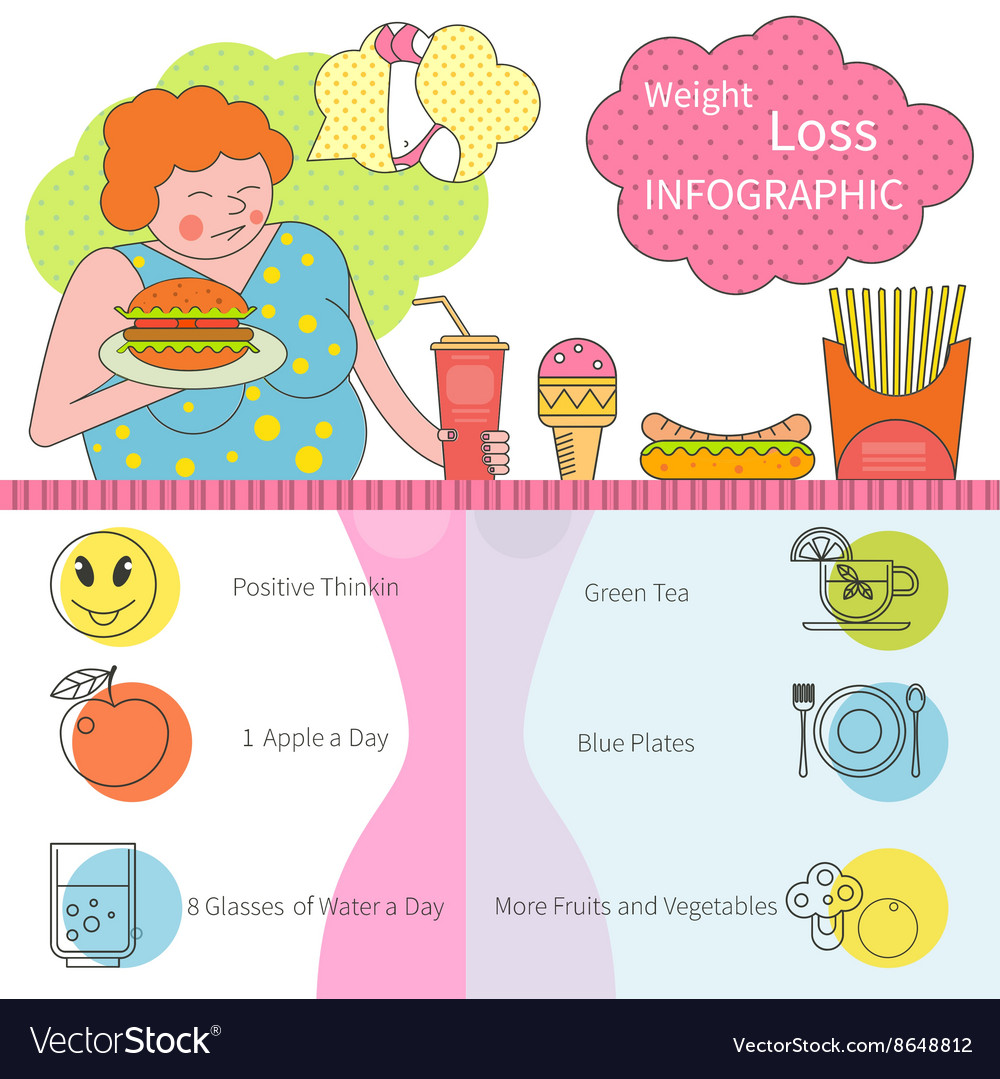How Cold Laser Therapy Changed Lives Testimonials
How Cold Laser Therapy Changed Lives Testimonials
Blog Article
Scientific Research Study on the Effectiveness of Cold Laser Technique
Cold laser treatment is a valuable tool to aid hurting administration and the healing procedure. It is commonly utilized in sports medication, dermatology and acupuncture.
Cold lasers pass through deep right into tissues and promote chemical changes without warming them. They lower swelling and swelling, speed up cellular activity and accelerate recovery.
Academic History
Unlike the high-intensity lasers that surgeons use to cut through cells, cool laser treatment utilizes light-emitting diodes to penetrate into your skin and advertise recovery. As these photons reach damaged tissues, they launch a domino effect that enhances your cells' production of enzymes and accelerates your body's all-natural recovery processes.
The photons also lower discomfort with the production of endorphins and raise your body's capacity to drain swollen locations by generating vasodilation (the growth of blood vessels). As a result, it aids you recuperate from musculoskeletal injuries and discomfort quicker.
Many individuals have found out about cold laser therapy from their physical therapist, chiropractic practitioner or doctor and might be questioning exactly how it functions. Unlike a lot of laser devices used in the clinical field, which in fact heat up tissue, our advanced devices produces cool laser light beams that do not trigger any home heating of your tissues. This permits your body to get the therapeutic advantages without setting off any kind of adverse effects.
Clinical Tests
Cold laser therapy is usually suggested as a therapy choice for patients that have musculoskeletal discomfort and injuries. It can be used to minimize inflammation, reinforce tissues and increase the body's natural recovery processes.
Non-thermal photons of red and infrared laser radiation are soaked up by the light sensitive components in cells and start a rise in intracellular metabolism that raises cell reproduction, lowers inflammation, removes edema and shortens recovery time.
Unlike the light that is generated by sunlight or typical lights, laser light is parallel (all wavelengths traveling in the same direction), meaningful and monochromatic. These residential properties allow laser energy to pass through deeper right into the cells.
Several professional trials have revealed that LLLT can be effective in minimizing discomfort in the musculoskeletal system. Nonetheless, even more well-designed research studies are needed to assess the optimum settings for laser irradiation and to identify its performance in specific conditions, such as dental mucositis in cancer cells clients obtaining radiation treatment or radiotherapy, and wound healing (consisting of diabetic ulcers complying with hammertoe surgical procedure). This Aetna policy publication does not resolve other uses of LLLT, consisting of the therapy of various skin diseases.
Conclusions
Unlike medical lasers that can damage tumors or coagulate tissue, chilly laser treatment does not warm the body's cells. Instead, the light stimulates your cells to create adenosine triphosphate, which quickens the repair process of hurt cells.
Aetna takes into consideration low-level laser (LLL) treatment medically required for the avoidance of dental mucositis related to cancer treatment (chemotherapy, radiation therapy, hematopoietic stem low level laser therapy near me cell transplant) and non-cancer therapies (such as radiodermal injury, fibromyalgia). Numerous studies showed that LLT can be efficient in minimizing PU signs and symptoms without damaging effects. However, differences in research layouts and laser dosimetry made contrast of the outcomes difficult; RCTs with low risk of predisposition are needed. Using a 660 nm wavelength and greater power thickness seems a lot more reliable than the various other researched laser wavelengths. This could be because the other wavelengths may stimulate inflammatory processes and cause more side effects. The effect of the type of laser used is also essential; the authors suggest that future research focus on assessing different types of lasers and their doses to determine the optimal combination of laser parameters for PU prevention.
Recommendations
Cold laser treatment is made use of by dentists to treat swollen periodontal cells, medical professionals to alleviate discomfort triggered by rheumatoid arthritis, and physiotherapists to speed the recovery of muscular tissue, ligament, and ligament injuries. Numerous medical insurance plans cover this therapy.
Unlike warm lasers, which have a thermal impact on tissues, cold lasers (also called low-level lasers) boost the mobile power of the skin. Photons from the laser light permeate into the cell, triggering a series of chemical adjustments that advertises regrowth and decreases inflammation.
In order to work, lasers have to be appropriately configuration and utilized. This is why it is not advisable to buy a cheap non-prescription laser gadget and try to treat yourself in the house. A skilled professional is required to ensure that the tool is utilized correctly to minimize the threat of eye injury and maximize its effectiveness. The laser tool need to be adapted to the correct setup, intensity, frequency, and placement of the laser on the treatment location.